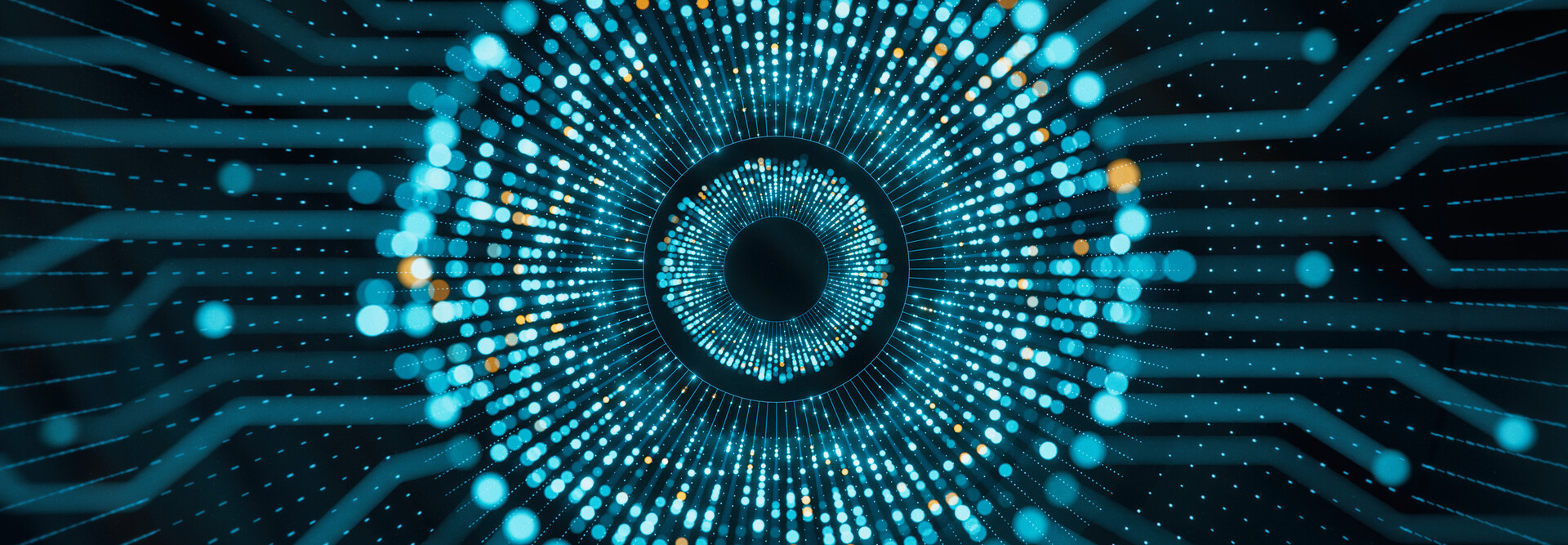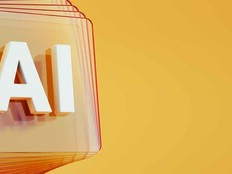What Defines a Self-Healing Network?
The growth of AI and ML technologies is crucial to the development of this networking innovation, but a wider array of technologies is needed for a network to be truly self-healing.
“In addition to capabilities like artificial intelligence and machine learning, you need toolsets that can leverage automation and an infrastructure that can be subject to automation workflows,” says Felipe Fernandez, CTO at Fortinet Federal.
What makes a network self-healing can vary, but it requires networking components including switches, routers, access points and cables that are built to support and respond to the monitoring, analysis, automation and optimization being overseen by the AI and ML solutions. This can also include a software-defined WAN solution to enable a more secure and flexible virtualized network architecture.
Data lakes are typically needed to store all of the data being collected and analyzed because intense data analysis informs these processes. Given the overall complexity of the network and self-healing processes, generative AI assistants can provide an easy interface that allows network administrators to oversee activity on the network.
REVIEW: The Lenovo ThinkPad T14s Gen 6 was born for artificial intelligence.
Optimizing Operations With Self-Healing Networks
One of the primary benefits of a self-healing network is that it can automate delivery of a reliable user experience, especially when dealing with changing network conditions.
Agencies operating in the field, such as the Federal Emergency Management Agency and its Disaster Recovery Centers, have to quickly stand up Wi-Fi resources. With many variables affecting the Wi-Fi signal, it can be a challenge to deliver a reliable user experience.
“Our HPE Aruba Networking Central console actually has an AI insight that will make recommendations on how to change the settings in the Wi-Fi to make sure you deliver a good customer experience,” Lunetta says. “But there’s no compromise of the performance from passerby traffic inadvertently connecting to the network.”
Another benefit of a self-healing capability is being able to boost overall IT efficiency and reduce the more time-consuming responsibilities of network administration.
DISCOVER: Wi-Fi 7 can facilitate government operations.
“Typically, when things go wrong, you have to go onsite to reproduce the issue and capture the data. It takes a long time, when you have to do a truck roll to a location,” Gilby says. “In the federal space, you’ve got a lot of distributed environments and facilities that you have to send people out to. Instead, you could ask Marvis, our generative AI interface, to identify the issue, pull up the data and review it."
“One of the benefits is eliminating some of the manual effort that consumes a network administrator’s day,” Lunetta says. “Think how much time is taken out of their day for data gathering, then correlation, then analysis, before finally making a decision to fix an issue.”
The Security Potential of Self-Healing Networks and Automation
Along with the ability to optimize network operations comes the security value that self-healing networks can deliver.
“There are a range of security events and attacks where a self-healing network can help with recovery: unauthorized access, DDoS attacks, malware propagation,” Fernandez says. “Because these networks are tied into network performance, understanding traffic flows and security event logs, they can take that data and apply automated remediation or mitigation actions that can respond to threats that are occurring and bring network services back online.”
RELATED: Artificial intelligence can help with hybrid cloud security challenges.
Self-healing networks present a powerful way to automate security responses, but figuring out how much to automate security and operations responses remains a challenge.
“From a security standpoint, self-healing networks best manifest themselves at the gateway; either you get on or you don’t with a certain set of permissions,” Lunetta says. “After that, I think there are a lot of judgments that people still have to make. You can implement a number of different actions based on the severity of the alert and the confidence you have, but this gets to the issue of trust: How much are you willing to automate security responses?”
As the AI managing the network has more time to monitor network activity, it gradually develops a baseline understanding of typical traffic and user behaviors. This allows self-healing networks to improve over time at getting ahead of potential operational and security problems.
“There’s a lot of hybrid use today with self-healing networks,” Gilby says. “In many cases, it’s identifying the issue, but then there’s still some manual intervention. It’s not just about if the technology can do it and do it accurately; it’s also a trust thing. IT teams need to be at a point where they can fully trust it.”
The level of automation that network administrators are comfortable with will depend on the agency’s culture and the level of trust it is able or willing to hand over to the network itself.
“Every organization needs to look at the issue of trust and apply their own metrics or logic on the governance. They need to apply a level of trust based on the level of autonomy they want the system to have, and there are workflows within self-healing networks that allow for human intervention,” Fernandez says. “When certain conditions arise, you can bring a human into the loop to apply their intuition and knowledge of external factors to dictate what that next action is going to be.”
UP NEXT: Cyber resilience hinges on user intelligence in the zero-trust era.












